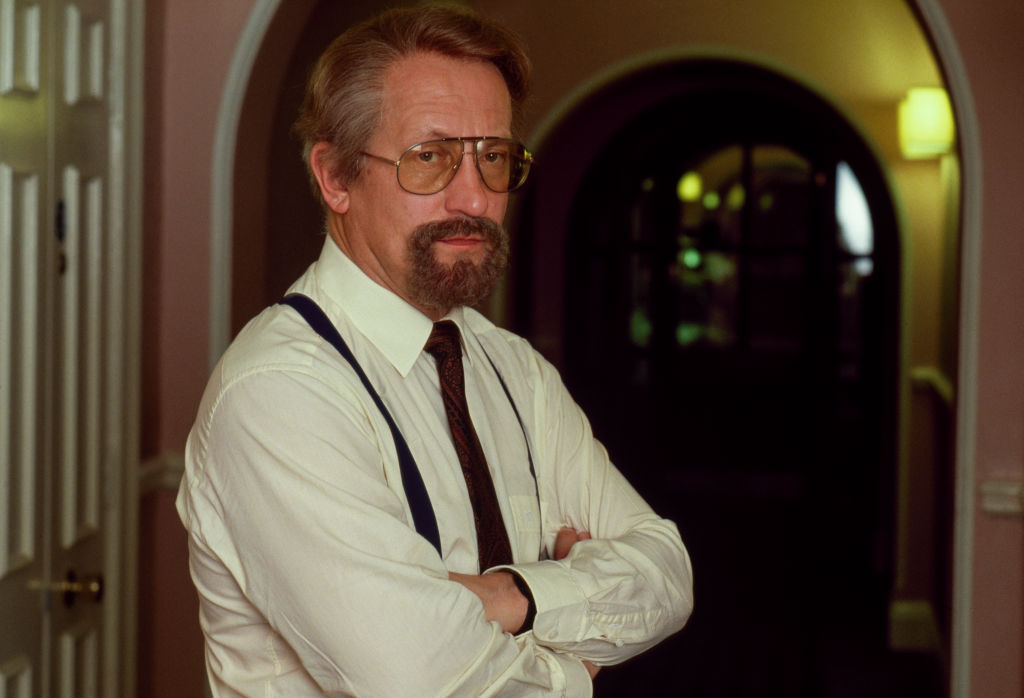
Recent Russian efforts to interfere in US elections, track down and eliminate defectors and other ‘disloyal elements’, and plant disinformation using social media are nothing new. Rather, they are the continuation by modern means of an intelligence war that has been going on since 1917.
Early on, Moscow’s clandestine operations were traditional ‘cloak and dagger’, but recently the intelligence war has evolved to encompass cyberwarfare, artificial intelligence and a range of hybrid tools and operations. The rise to power in 2000 of Vladimir Putin, who himself rose through the ranks of the KGB, has put Russia’s intelligence agencies at centre stage. Members of the military-security elite, the siloviki, have become Russia’s new nobility.
In Spies: the epic intelligence war between East and West, Calder Walton provides a detailed history of the role of covert operations in the struggle between Russia on the one hand and the United Kingdom and the United States on the other, from the Russian Revolution to Moscow’s current war of aggression on Ukraine. Walton has spent his career studying intelligence agencies, is an assistant director of the intelligence project at Harvard’s Belfer Center for Science and International Affairs, and has published extensively on security issues.
Walton’s history is one of contrasts, of Soviet and Russian guile versus Western lack of preparedness and naivety. Following World War I, Soviet intelligence-gathering took off, with leader Vladimir Lenin building a sophisticated intelligence machine to spy on adversaries both in-country and abroad. Cheka, the Extraordinary Commission for Combating Counterrevolution and Sabotage, was at the centre of the machine and would serve as the model for Eastern European intelligence agencies for the next century.
Following the signing of the 1919 Versailles peace treaty, the US and the UK busied themselves downsizing their intelligence gathering. The US didn’t even have a dedicated intelligence agency, and when Secretary of State Henry Stimson closed down his code-breaking department in 1929, he famously announced that ‘gentlemen don’t read each other’s mail’. Equally short-sighted, the British ambassador in Moscow in 1936 refused to allow MI6, Britain’s foreign intelligence service, to open an office there on the grounds that it ‘was liable to cause embarrassment’.
World War II kicked off with three enormous intelligence failures: Britain’s miscalculation that Japan would attack Singapore by sea rather than land, Soviet leader Joseph Stalin’s unwillingness to heed warnings of Hitler’s plans to invade the Soviet Union, and the US’s failure to anticipate Japan’s attack on Pearl Harbor.
The aftermath of World War II marked a repeat of the mistakes of the 1920s. During the war, the paranoid Stalin had allocated vastly more resources to spying on his Western allies than on the Nazis, and by the end of the war the Soviets’ enormous intelligence machine had a staff of 200,000. Western intelligence, again, had focused on Germany and was poorly prepared to take on Stalin’s network of embedded agents. At the start of the Cold War, the US and UK had few Russian speakers and fewer moles. As Walton describes it, they were ‘bringing toys to a gunfight’.
It took revelations of deep Soviet penetration of Western intelligence agencies to alert US President Harry Truman to the realities of the Cold War. In 1947, Congress approved the National Security Act, which established the Central Intelligence Agency and the National Security Council, marking the beginning of the Truman doctrine and US efforts to contain Soviet expansionism. In 1952, Truman also established the National Security Agency, which would become one of the world’s largest intelligence organisations.
Walton’s account includes some of the best-known clandestine operators of the Cold War. In the 1950s, the Swedish industrialist Boris Hagelin supported the US and its allies by selling them superior encryption machines, while providing other governments with lower-grade technology. The ideologically driven British intelligence officer Kim Philby spent years leaking top secrets to the Soviet Union, while the KGB’s Oleg Gordievsky secretly helped US intelligence agencies to understand the thinking of their Soviet counterparts.
Walton concludes with an important chapter on China, the greatest intelligence challenge of the 21st century. As with Russia, China’s key weakness lies in the chasm between its massive capacity to gather intelligence and its much weaker ability to analyse and use it. The Soviet intelligence bosses had difficulty talking truth to power. At times they were afraid to tell their leaders the truth, and at other times—as when Stalin was warned of Hitler’s imminent invasion—their advice was simply ignored.
Walton provides a timely reminder that under Xi Jinping, with a politburo and Central Military Commission stacked with loyalists, China’s top leaders are likely to suffer from a similar problem of warped intelligence. This greatly increases the risk of miscalculation.
The principal lesson from Walton’s book is that Western intelligence agencies should never again allow themselves to be caught unprepared. Following the end of the two world wars and the Cold War, the US and the UK reduced their intelligence capacity when they should have been countercyclical, gearing up for the inevitable next intelligence challenge. Walton’s lucid account is a must-read for intelligence professionals and the politicians who control the purse strings.

